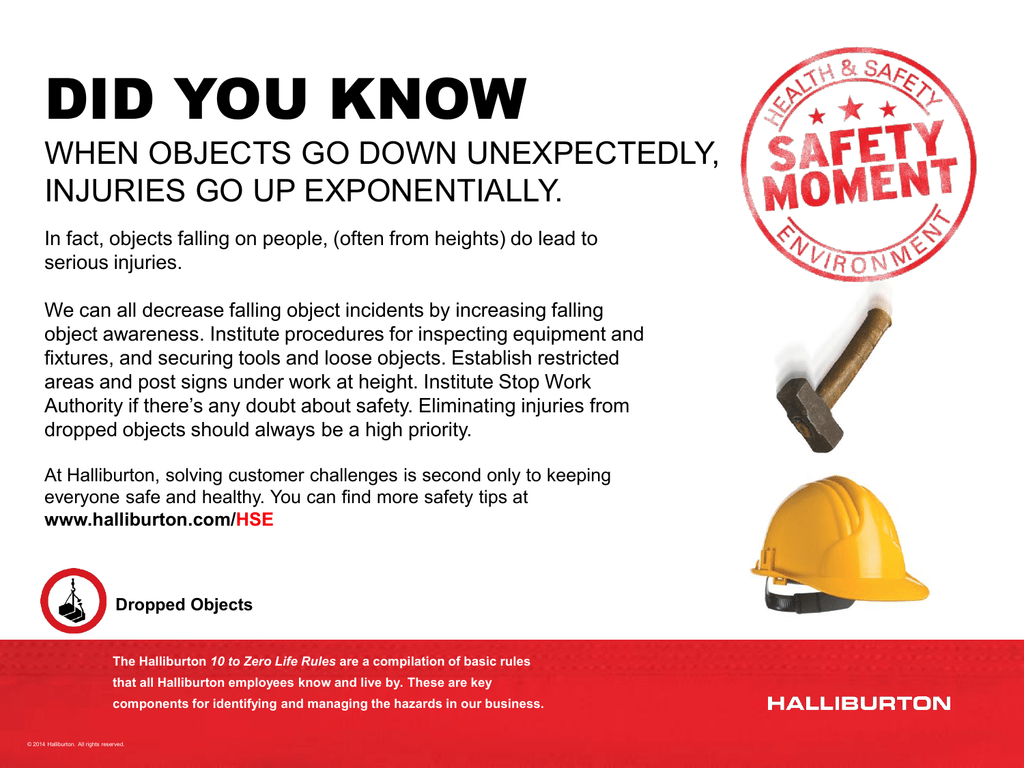

The second strand, by contrast, ‘extends’ desert, that is, it sees accountability as extending beyond the person at the ‘sharp-end’ to the many people who have collective responsibility for the organisation and performance of systems. The first strand completely shifts focus away from attaching blame towards a focus on understanding and tackling the contributory or system factors that produce failures, that is, it ‘suspends’ desert. It combines two different strands of thought. In key respects, this outlook is compatible with the retributive principle-which holds that only people who deserve penalties should face penalties-but it is often interpreted as being antiretributive. There is a concern that a blaming and sometimes ‘punitive’ mindset can be applied too widely and that this in itself is unjust. 6 This idea connects with a broader principle of ‘justice as desert’-that people can deserve to be given praise or blame, sometimes including rewards or sanctions, so as to reflect some combination of the conscientiousness and success of their efforts.


Retributive justice is usually distinguished from revenge because the former is measured and insulated from personal emotions. Although punishment can be directed towards other purposes-such as deterrence or reform-punishment is warranted when it is specifically applied to only those people who have committed wrongs. This is a ‘corrective’ approach to justice-whereby an offender is expected to pay some penalty for the harm inflicted on others or done to the social fabric.

A commonplace conception of justice that is widely accepted in relation to punishment for crimes is ‘ retributive justice’. To help open up the value questions behind safety policies we first summarise some of the relevant conceptions of justice: In what follows, we summarise three accounts of justice with relevance for patient safety, highlight some of the dilemmas and uncertainties that arise from these competing conceptions and briefly indicate how the field of patient safety might begin to address these complexities.Ĭonceptions of justice and patient safety If those involved in patient safety are to respond respectfully and wisely to concerns about justice then an important first step is to attend more directly to questions about the nature of justice. But hiding underneath this large umbrella there are different conceptions of justice which tell rather different stories about what kinds of things are owed, and by and to whom. There is, however, no simple, agreed and all-encompassing definition of justice, except perhaps at a very abstract level where justice means ‘everyone giving and getting what they owe and are owed’. Put simply, we need to talk about justice. We contend that part of the ongoing muddle about safety cultures stems from this lack of focused attention on the nature and implications of justice in the field of patient safety. Yet, despite aspirations for a ‘just culture’, the idea of justice itself is rarely discussed explicitly or in depth. 5 These, in turn, lead to a sense of sustained unfairness, unresponsiveness and secondary harm. Despite this growing understanding, there remain significant difficulties in listening to and involving patients and families in the organisational responses to safety incidents, 2–4 and for healthcare staff, a blame culture often persists. 1 It also reflects a growing understanding that people caught up in safety events (patients, their families and healthcare staff) can experience feelings of sadness, guilt and anger, and need to be treated fairly and sensitively. This has come about, in part, from a recognition that a so-called ‘blame culture’ discourages openness and learning. The promotion of a ‘just culture’ features prominently in patient safety research and policy.


 0 kommentar(er)
0 kommentar(er)
